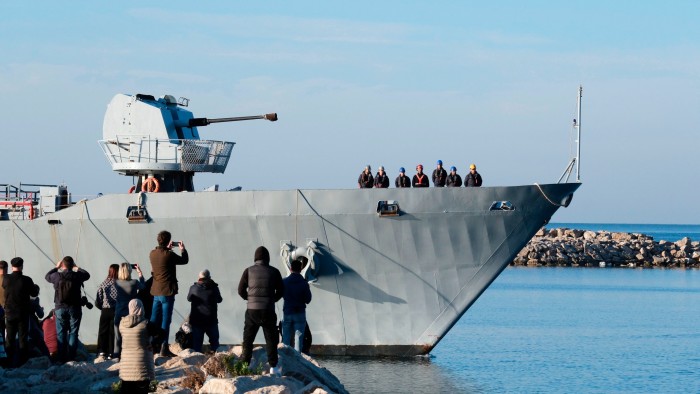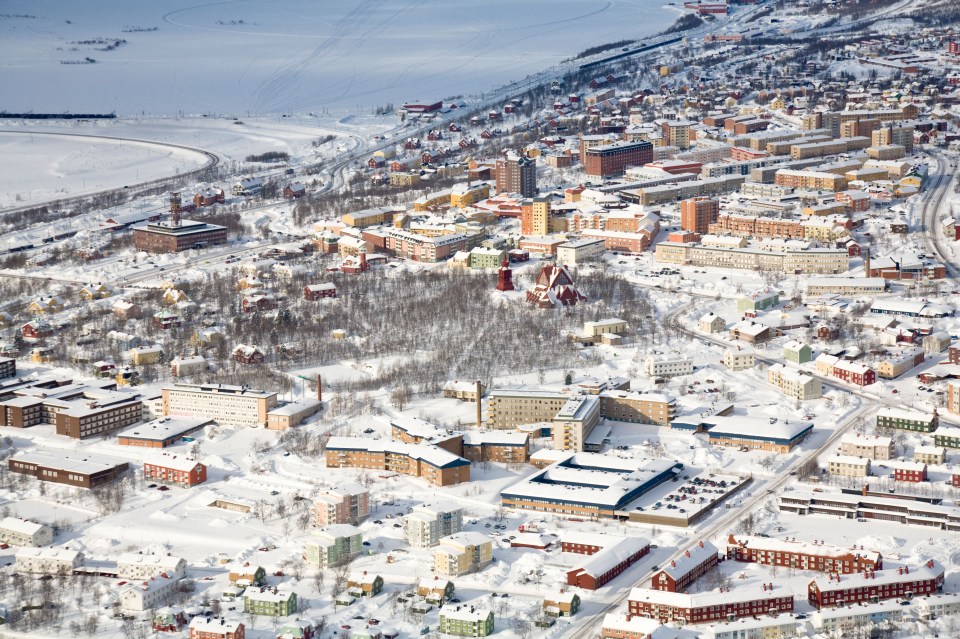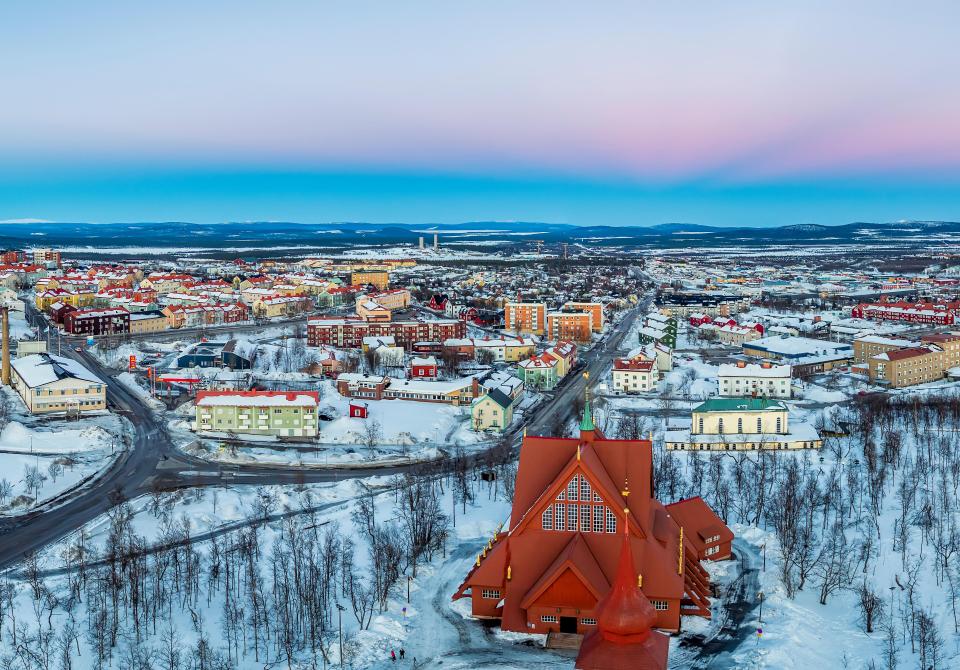Italy made a second attempt at detaining Europe-bound asylum seekers in Albania on Friday, after a court sent the first group back last month.
The Italian government’s plan to hold up to 3,000 asylum seekers in two Italian-run centres in Albania is a cornerstone of Prime Minister Giorgia Meloni’s effort to curb the influx of irregular migrants into Italy from across the Mediterranean Sea.
Her controversial plan suffered a serious setback last month, when an immigration judge in Rome ruled against the government’s move to hold 12 asylum seekers from Bangladesh and Egypt in Albania. The judge said the migrants had the right to be taken to Italy because their countries of origin could not be labelled as “safe countries”.
The ruling infuriated Meloni who complained that it was not “the judges’ competence to determine which countries are safe and which are not”. Her cabinet has since formally declared 19 countries, including Bangladesh and Egypt, as ‘safe’ for returns.
The latest group of eight asylum seekers who arrived in Albania on Friday all come from Bangladesh and Egypt. They were selected from hundreds of irregular migrants rescued by Italian authorities in the Mediterranean Sea in recent days. The men are expected to appear within 48 hours before an immigration judge, who must decide whether to approve their continued detention in Albania, or order their transfer to Italy.
Meloni said on Friday that her Albania scheme had drawn “extraordinary interest” from other European leaders at a summit in Budapest as they were all keen to find ways to curb irregular migrant inflows into their own countries.
She said some leaders shared her concern about judges rejecting what a government deems as ‘safe’ for the return of those without genuine asylum claims.
According to those rulings, Meloni said there was a “risk of facing a reality where there are no safe countries”, which would undermine efforts to curb illegal migration.
Under Italy’s deal with Albania, only healthy adult men who come from countries that Rome deems safe can be held in the centres, which have the capacity to hold up to 3,000 people at a time. Once their asylum process is complete, those whose claims are rejected will be sent back, while those found eligible will get the right to stay in Italy.
Critics, including Italy’s opposition parties, have slammed the scheme as costly political theatre given the small percentage of irregular migrants arriving in Italy that are actually likely to be held there.
So far this month, nearly 2,500 irregular migrants have arrived in Italy by boat from across the Mediterranean, according to interior ministry statistics.










































































































































































You must be logged in to post a comment Login